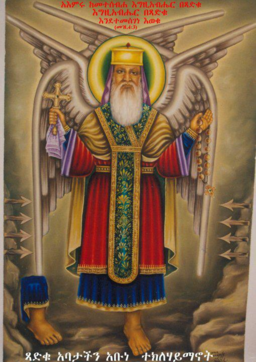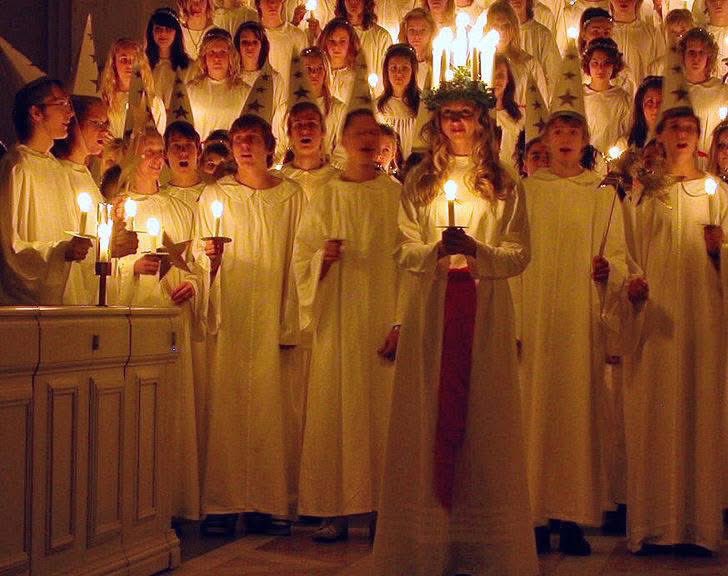On January 11, 1972, a man, heavily camouflaged and confused in the crowd of pilgrims, confronted the medium and hit her with fire from a sawn-off shotgun: the woman, seriously injured in the attack, died of cardio-respiratory complications after three days of agony at the Annunziata hospital in Eboli[50]. The murderer, who had tried to escape, was identified by a group of believers and barely saved from a mass lynching thanks to the intervention of the carabinieri: it turned out to be a certain Francesco Manganelli from Trentinara (a village in Cilento not far from Serradarce), thirty-five years old, a former emigrant who had recently returned home from Germany, who was struggling as a truck driver and chauffeur in the transport of pilgrims from his area: after an initial attempt to mislead, having surrendered to the evidence, the man ended up confessing in the interrogation that followed his capture, describing himself as a disappointed devotee of the cult of Alberto who had felt cheated by the woman for a failed miracle. Although never confirmed with certainty, the failed miracle, and therefore the motive for the murder, seems to have been the failure to win the New Year's Lottery in the 1971-72 edition of Canzonissima, promised to Manganelli by the medium: for this reason, the chronicles also spoke of the "Canzonissima crime"); according to the opinion of others, including that of the family (also reported in the aforementioned study by Silvia Mancini), there was no failed miracle and Manganelli was instead a hitman acting on commission: the instigators of the murder were magicians and holy men from Salerno who, in this way, wanted to get rid of the woman who, in fact, had ended up monopolising the flourishing market of exorcisms.










